15 Perennials That Bloom Year After Year With Little Effort
If you are looking for plants that require little upkeep but still offer stunning blooms year after year, perennials are the way to go. These plants come back season after season, thriving with minimal effort on your part. With so many varieties to choose from, you can create a colorful, long-lasting garden without much hassle. The best part is that many of these plants are incredibly low-maintenance, making them perfect for busy gardeners. Let us explore the perennials that will brighten your garden without demanding constant attention.
This post may contain affiliate links, which helps keep this content free. Please read our disclosure for more info.
Lavender (Lavandula angustifolia)
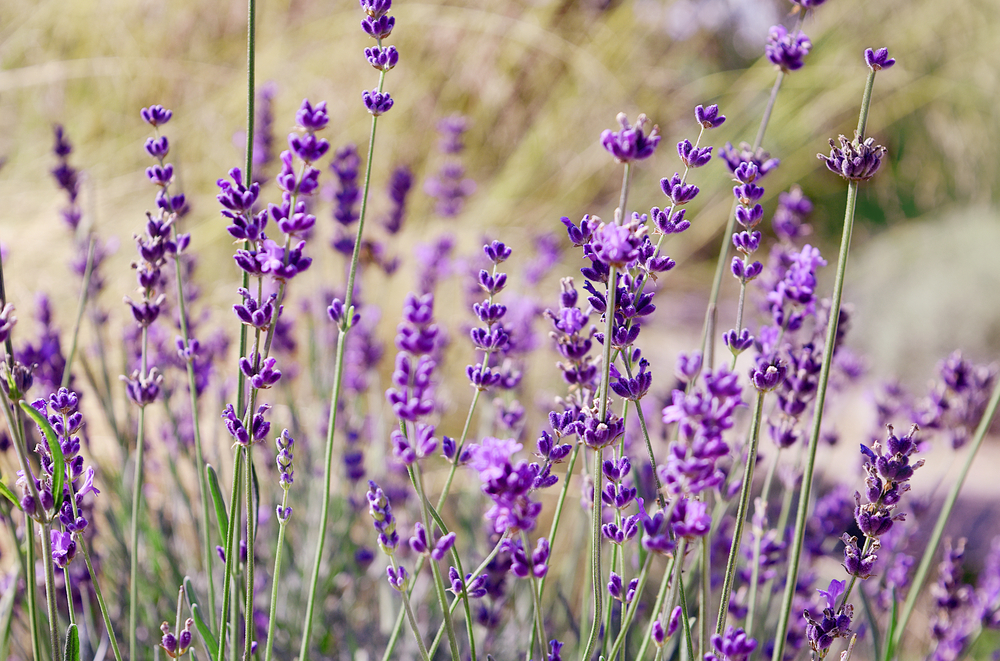
Lavender is a fragrant perennial that thrives in full sun and well-drained soil. Its silvery foliage and purple flowers make it a favorite in gardens, while its ability to tolerate drought makes it an ideal low-maintenance choice. This perennial is known for attracting bees and butterflies, contributing to a thriving garden ecosystem. In addition, lavender is excellent for use in dried flower arrangements or homemade sachets.
It is a great choice for borders, containers, or even as a low hedge. Lavender requires little care once established, needing only occasional pruning to maintain its shape. Its long-lasting flowers bloom in mid to late summer, offering both beauty and aroma. With proper care, it will continue to thrive year after year, providing fragrance and color to your garden.
Daylilies (Hemerocallis spp.)
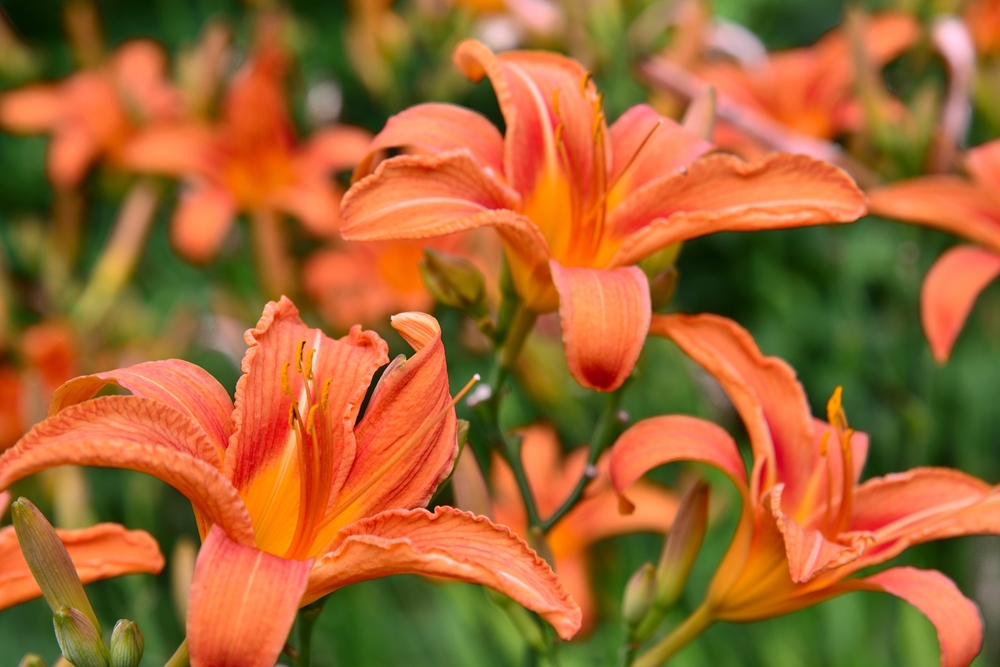
Daylilies are hardy perennials that are well-known for their ability to grow in almost any soil condition. They come in a wide range of colors and are exceptionally low-maintenance. The plants bloom profusely throughout the summer, with each flower lasting only one day, but more buds continuously open. They are perfect for gardeners who want a bright, cheerful display with minimal effort.
Daylilies thrive in both sunny and partially shaded spots, and their long, grass-like foliage adds texture to any garden. Once planted, these plants rarely need attention, though they may benefit from occasional division to keep them healthy. Their tolerance for different soil types and water conditions makes them highly adaptable. These plants are a true garden staple that will reliably return each year.
Black-eyed Susan (Rudbeckia hirta)
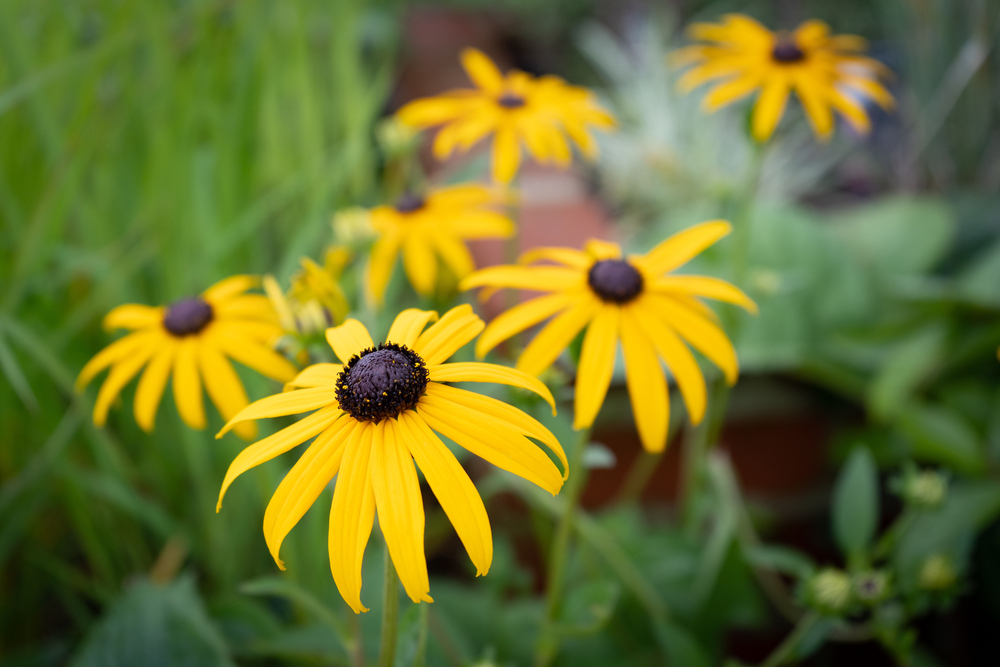
Black-eyed Susan is a striking perennial that produces bright yellow, daisy-like flowers with dark centers. Known for its cheerful appearance, it is a favorite among pollinators, particularly bees and butterflies. The plant grows well in a variety of soils and requires minimal water once established, making it a great addition to a low-maintenance garden. Its long blooming period from summer to fall ensures a burst of color for months.
This perennial does well in full sun, though it can tolerate some partial shade. Black-eyed Susan also spreads easily, making it perfect for naturalizing in wildflower gardens or borders. While it does not require much care, deadheading spent flowers will help prolong its blooming period. It continues to thrive year after year, offering easy, long-lasting beauty.
Coneflower (Echinacea purpurea)
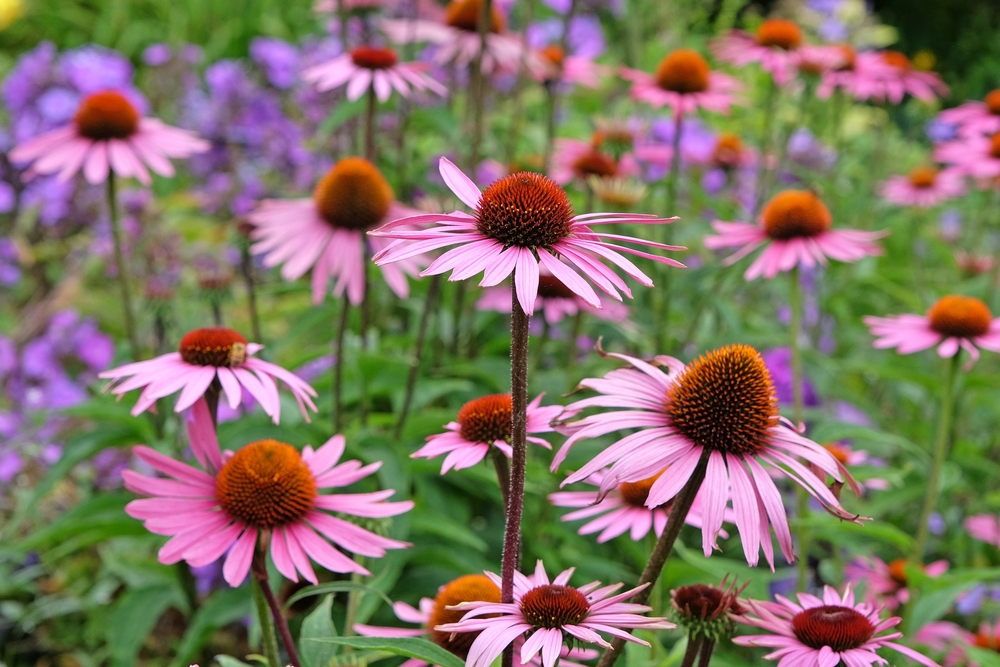
Coneflower is a hardy perennial that is both beautiful and medicinal. With its large, daisy-like flowers in shades of pink, purple, and white, it adds a bold pop of color to any garden. The plant is known for its resistance to drought and poor soil, making it ideal for gardeners looking for a plant that requires minimal care. Coneflower also attracts pollinators, particularly bees and butterflies.
This perennial thrives in full sun and can grow in a range of soil types, though it prefers well-drained conditions. Once established, it is quite resilient, needing only occasional watering during dry spells. The plant’s seeds are also a food source for birds in the fall and winter. It is a great addition to a wildlife-friendly garden, returning year after year with vibrant blooms.
Peonies (Paeonia spp.)
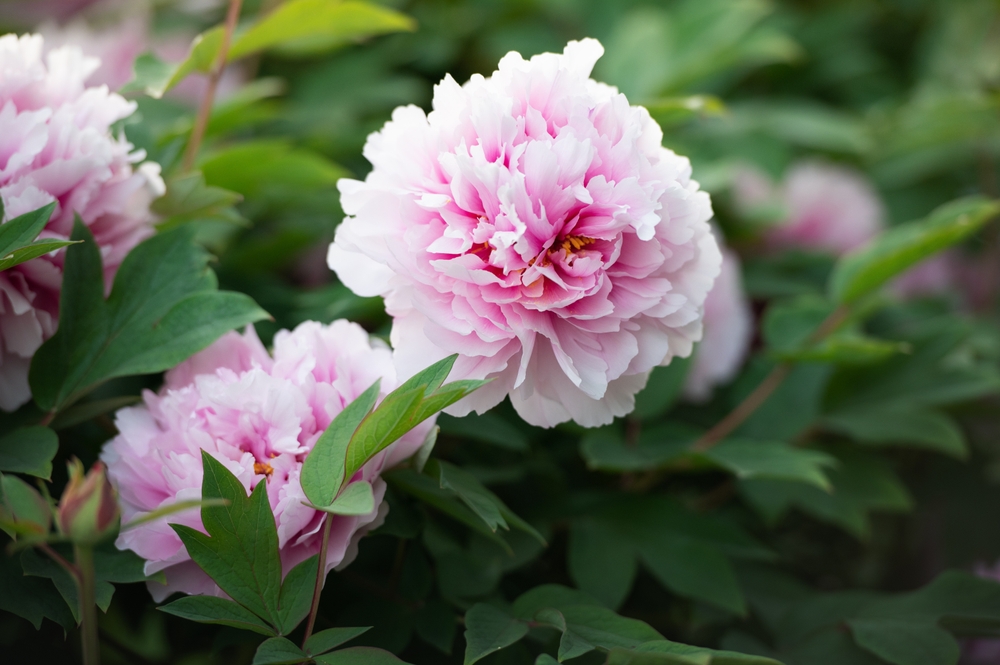
Peonies are classic perennials that offer large, fragrant blooms in shades of pink, red, and white. They are well-loved for their stunning flowers and long lifespan, with some plants living for decades. Peonies prefer full sun and well-drained soil, and once planted, they are low-maintenance. Their beautiful flowers bloom in late spring or early summer, offering a brief but spectacular display.
These plants have thick, sturdy stems that support their heavy blossoms, ensuring they stay upright even in heavy rain. Peonies are perfect for the back of borders or as a focal point in flower beds. While they require little care once established, it is important to cut them back after blooming to keep them healthy. Their reliability and beauty make them a standout perennial for any garden.
Hostas (Hosta spp.)

Hostas are known for their lush, green foliage and their ability to thrive in shady areas. With a wide range of sizes, shapes, and colors, they are ideal for adding texture to gardens with limited sunlight. These plants are particularly valuable in areas where other plants struggle to grow. Their heart-shaped leaves and subtle blooms in summer provide a serene, elegant touch.
While hostas do well in moist, well-drained soil, they are quite resilient and can tolerate a variety of conditions. They require minimal care, though occasional watering during dry spells can help them thrive. Slugs can be an issue in some areas, but with a little attention, this can be easily managed. Hostas reliably return each year, offering year-round greenery with little fuss.
Coral Bells (Heuchera spp.)
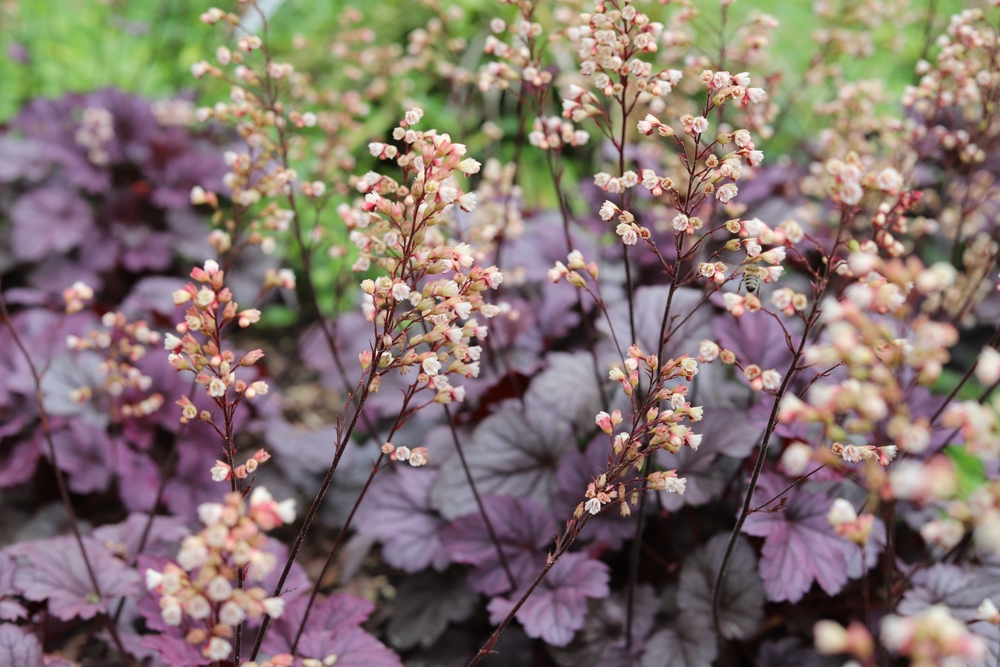
Coral Bells are perennial plants prized for their vibrant foliage, which comes in a variety of colors, from deep reds to bright greens. These plants are perfect for adding year-round interest, especially in shaded areas. They produce delicate flower spikes in late spring or early summer, attracting pollinators like bees and hummingbirds. Coral Bells are easy to grow, requiring little maintenance once established.
These plants thrive in well-drained, moist soil and prefer partial shade, though they can tolerate full sun with sufficient water. Coral Bells are excellent for adding color to borders, containers, or hanging baskets. They are also known for their resistance to pests and disease. With their vibrant foliage and delicate flowers, Coral Bells will continue to return year after year.
Shasta Daisy (Leucanthemum × superbum)
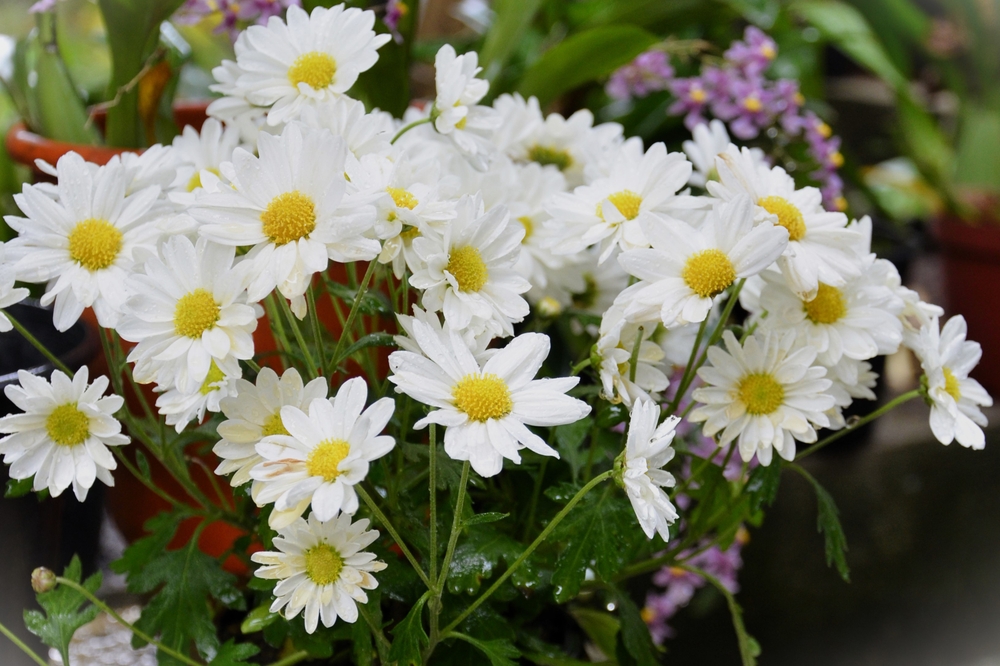
Shasta Daisy is a perennial that produces cheerful white flowers with bright yellow centers, resembling the classic daisy. These plants are known for their ability to grow in a variety of conditions, including poor soil. They are perfect for gardeners who want low-maintenance, long-lasting blooms. Shasta Daisies bloom throughout the summer and attract pollinators like bees and butterflies.
Shasta Daisies thrive in full sun and well-drained soil, though they can tolerate some partial shade. These plants grow best with regular watering but are highly drought-tolerant once established. Deadheading spent flowers will encourage new blooms and prolong the blooming season. They reliably return each year, brightening up any garden with their simple beauty.
Sweet Woodruff (Galium odoratum)
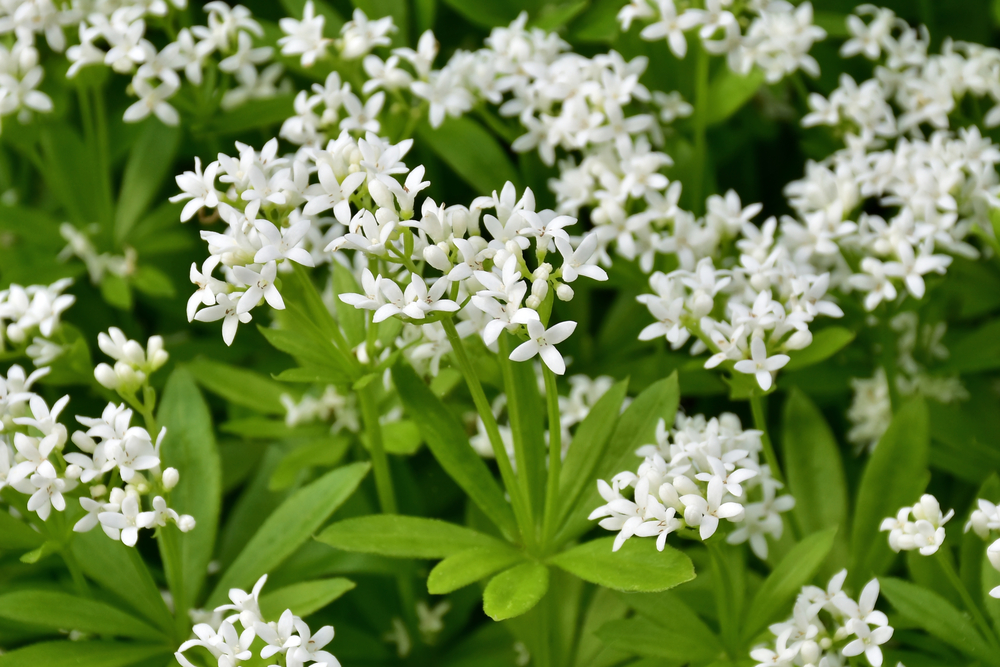
Sweet Woodruff is a fragrant perennial that thrives in shaded areas. Its delicate white flowers bloom in spring, adding a touch of elegance to woodland gardens or shady spots. The plant spreads easily and can quickly cover ground, making it an excellent choice for ground cover. Sweet Woodruff is also known for its pleasant scent, which intensifies when the leaves are dried.
This plant does well in moist, well-drained soil and prefers partial to full shade. It is a low-maintenance option that requires little care once established. Sweet Woodruff can help control erosion in shaded areas and adds a soft, aromatic element to gardens. Its ability to spread and thrive in low-light conditions makes it a reliable perennial to return year after year.
Salvia (Salvia spp.)
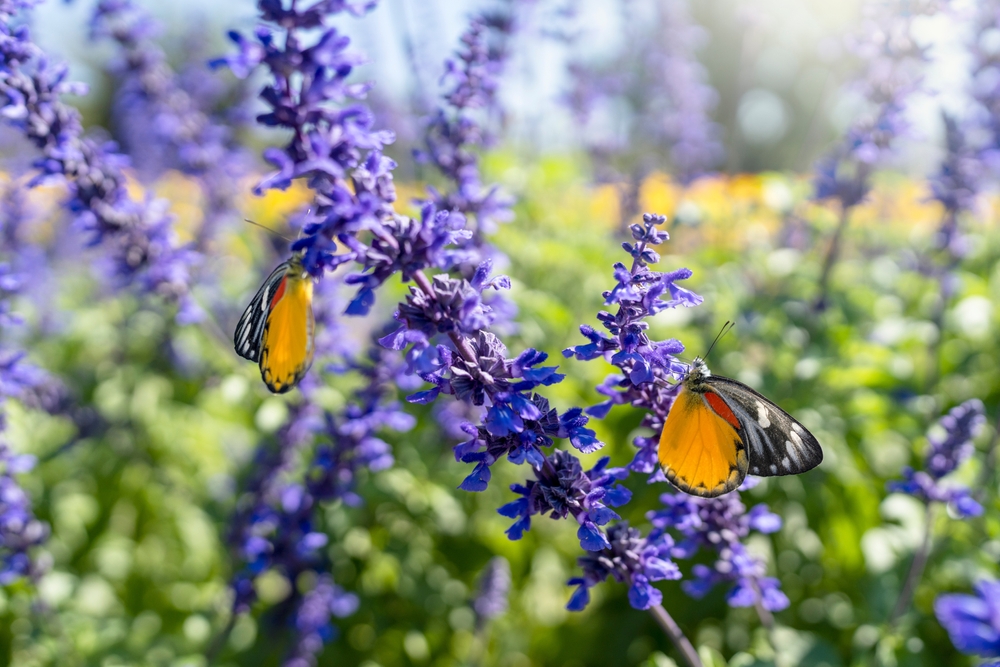
Salvia is a versatile perennial that comes in many varieties, offering colorful blooms in shades of blue, purple, and red. Known for its ability to attract hummingbirds and butterflies, it is a fantastic addition to pollinator gardens. Salvia prefers well-drained soil and full sun, and once established, it is quite drought-tolerant. Its long blooming period ensures that it provides color throughout the growing season.
This plant requires minimal care, needing only occasional trimming to maintain its shape and encourage new growth. Salvia grows well in borders, containers, or as a backdrop for other plants. Its vibrant colors and ability to thrive in dry conditions make it a great low-maintenance option. With its resilience and beauty, Salvia will continue to return year after year, bringing vibrant color to any garden.
Bee Balm (Monarda spp.)
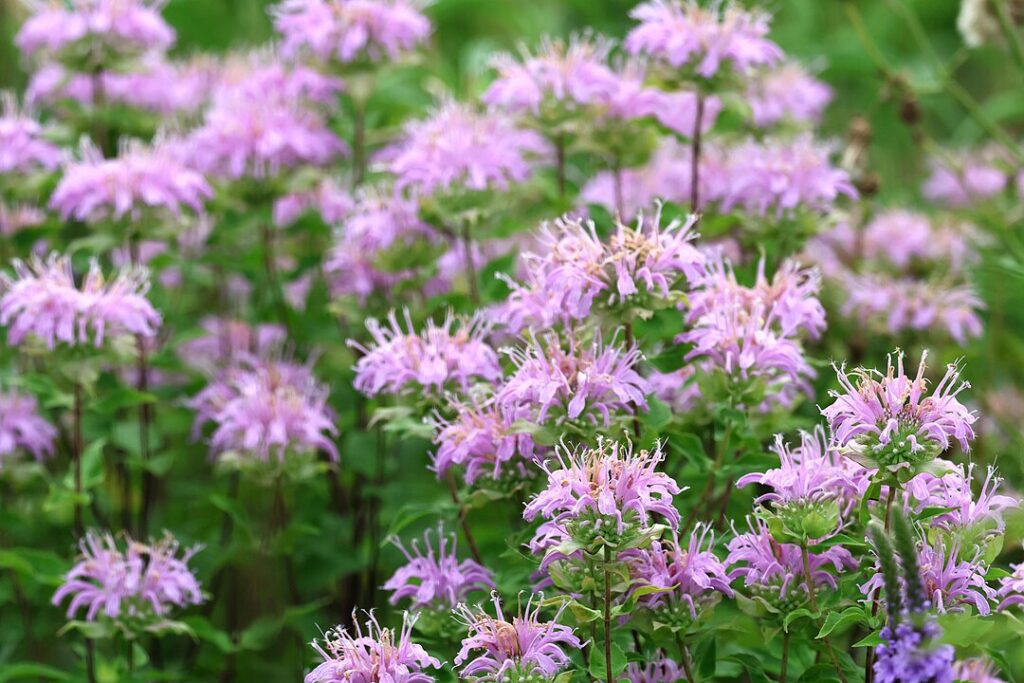
Bee Balm is a striking perennial known for its vibrant flowers in shades of red, pink, and purple. It is a favorite of bees, butterflies, and hummingbirds, making it a great addition to a wildlife-friendly garden. Bee Balm thrives in full sun and moist, well-drained soil. It is perfect for adding a splash of color to wildflower gardens or borders.
Once established, Bee Balm requires little maintenance, though it may benefit from occasional division to maintain its vigor. The plant’s aromatic foliage is often used in herbal teas, making it a functional addition to the garden. Bee Balm’s ability to thrive in a variety of conditions and its appeal to pollinators make it a reliable perennial that will return every year.
Astilbe (Astilbe spp.)

Astilbe is a perennial known for its feathery, plume-like flowers in shades of pink, red, white, and purple. These plants thrive in shady, moist areas, making them an excellent choice for woodland gardens. Their ability to brighten up darker corners with their vibrant blooms makes them a popular choice for garden design. Astilbe’s blooms attract pollinators and can last for several weeks during the summer months.
Astilbe prefers well-drained soil and regular watering, especially during dry spells. Once planted, they are relatively low-maintenance and continue to return year after year. Astilbe works well in shady borders or as an underplanting in tree-filled gardens. Their long-lasting flowers and ability to thrive in moist conditions make them a reliable perennial choice.
Bellflower (Campanula spp.)
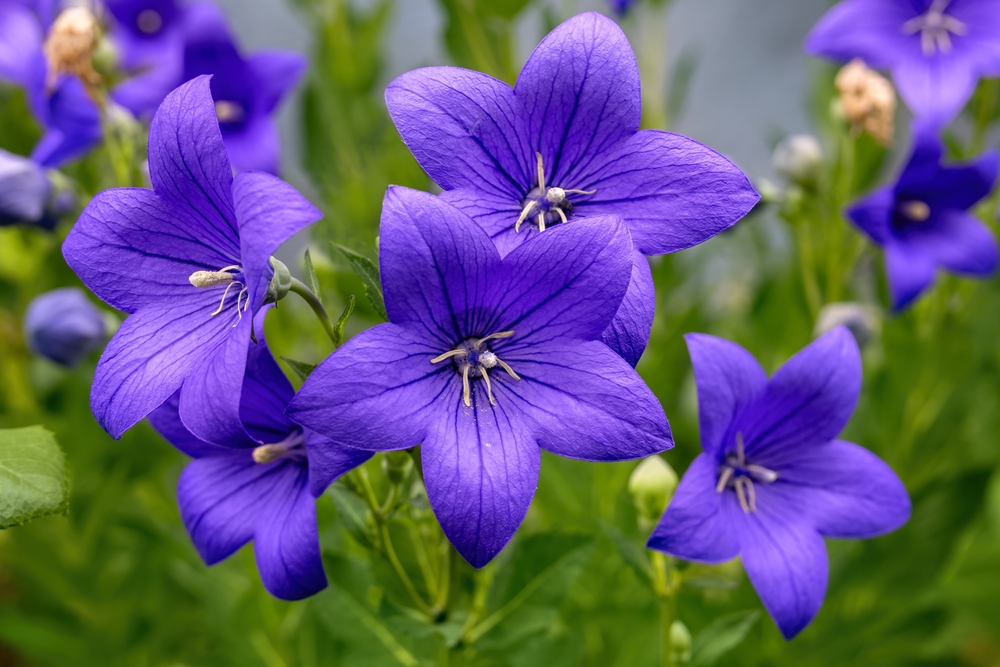
Bellflowers are charming perennials that produce bell-shaped flowers in shades of blue, purple, and white. These plants are perfect for adding a soft touch to gardens, with their delicate blooms and neat growth habit. Bellflowers thrive in full sun or partial shade and prefer well-drained, slightly alkaline soil. Their long blooming period ensures that they provide color from early summer to fall.
These plants are ideal for borders, containers, or rock gardens, where their compact growth habit can shine. Bellflowers are relatively low-maintenance and require only occasional watering once established. Deadheading spent flowers will encourage continued blooming. They are reliable perennials that continue to brighten your garden year after year.
Lamb’s Ear (Stachys byzantina)
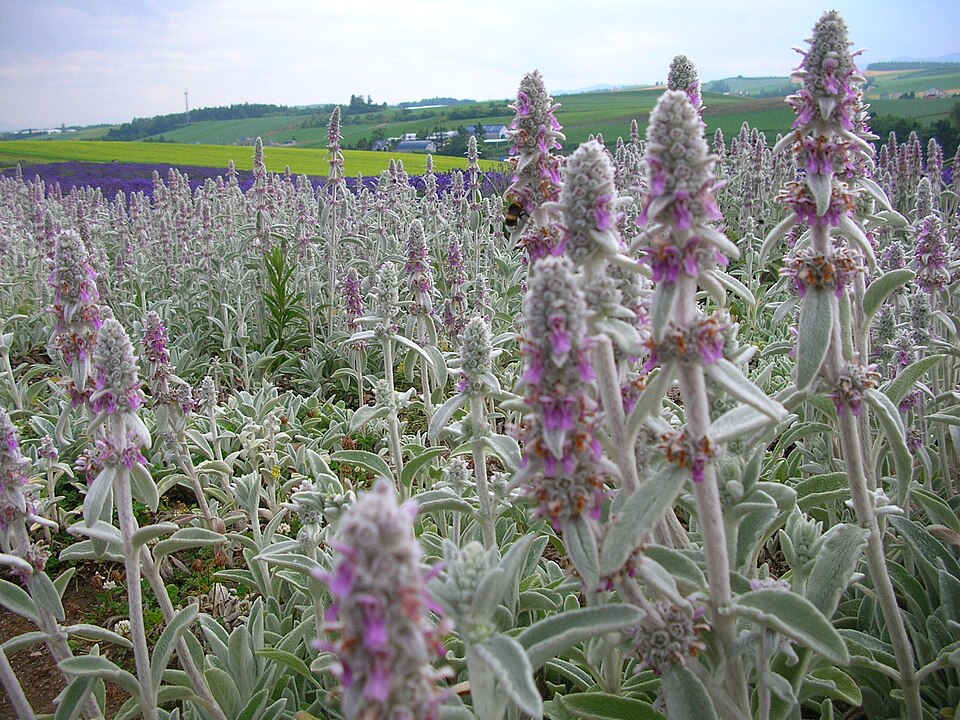
Lamb’s Ear is a perennial known for its soft, silvery leaves that resemble the fuzzy texture of a lamb’s ear. The plant produces spikes of purple flowers in late spring to early summer, though it is mostly grown for its attractive foliage. Lamb’s Ear thrives in full sun and well-drained soil, making it an excellent choice for dry, sunny spots. It is also drought-tolerant, which reduces the need for regular watering.
Once established, Lamb’s Ear requires very little maintenance. It can be used as ground cover or in border plantings, offering both texture and color to your garden. The plant’s ability to thrive in poor soil and dry conditions makes it perfect for low-maintenance gardens. It is an attractive, hardy perennial that reliably returns year after year.
Thyme (Thymus vulgaris)
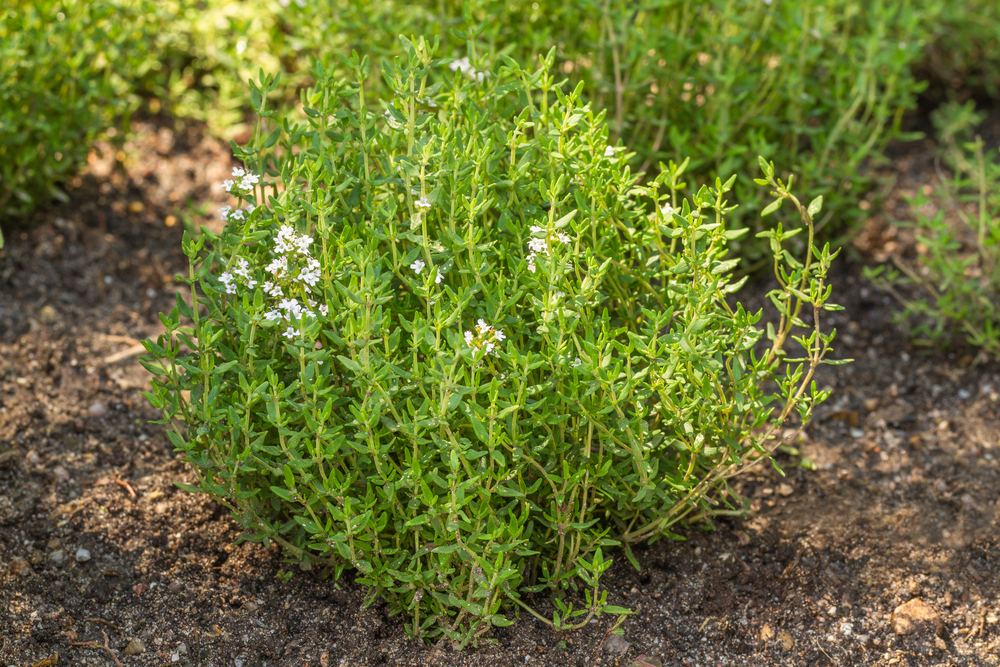
Thyme is a fragrant, evergreen perennial that thrives in full sun and well-drained soil. It is commonly used in cooking, making it a practical addition to herb gardens. Thyme is low-growing, with tiny leaves and small purple or pink flowers that bloom in summer. It is highly drought-tolerant, requiring very little water once established.
This perennial works well in rock gardens, borders, or containers. It is also a great option for gardeners who want to grow their own herbs without much effort. Thyme does not require frequent pruning, though trimming it after flowering can help maintain its shape. It will continue to thrive in your garden, year after year, providing both culinary and ornamental value.
This article originally appeared on Avocadu.
